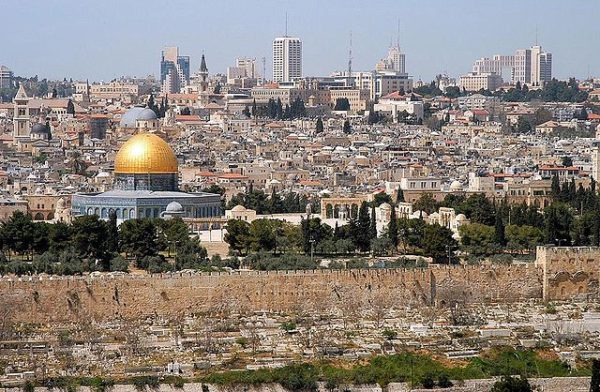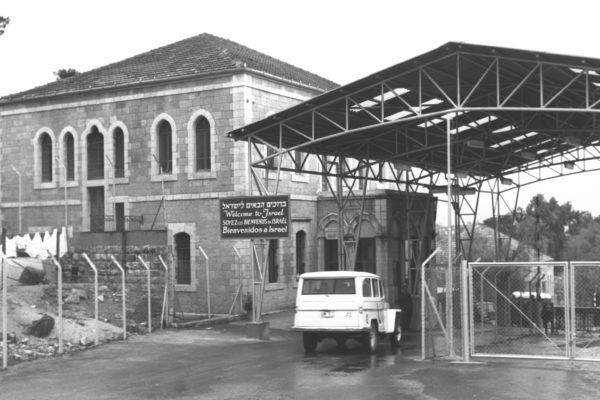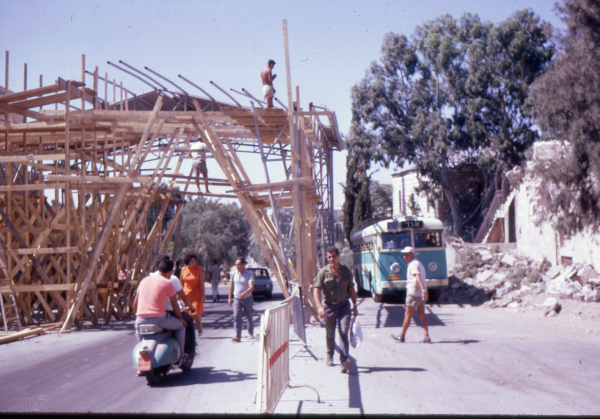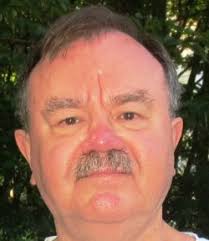
I’m sending this article from Jerusalem, the city that has doubtless had more written about it than any place of comparable size anywhere on the globe.
Visitors and tourists know about the sites holy to the three Abrahamic faiths, the more recent Israeli points of interest, and the various museums.
There’s arguably more to see in Jerusalem than anywhere else on earth. So I’m not going to re-invent the wheel by describing, for instance, the Old City’s Western Wall, the Al-Aqsa mosque, or the Church of the Holy Sepulchre. Hundreds of thousands of words have been written about them.
The same holds for more modern venues in western Jerusalem, such as the Israel Museum, which houses the Dead Sea Scrolls; Yad Vashem, Israel’s official memorial to the victims of the Holocaust, or the Knesset, Israel’s parliament.
Instead, I’ll describe a more idiosyncratic place with its own, less well known, history.
Between 1948 and 1967, Jerusalem was a city divided between Israel, which controlled the western, newer parts, and Jordan, which governed East Jerusalem and the Old City.
The small area in-between the final ceasefire lines in Jerusalem became No-Man’s Land, and part of the “urban border” between the two parts of the city.

And the only way to cross from one part to the other was a checkpoint known as the Mandelbaum Gate, just north of the western edge of the Old City.
The crossing point was located at the intersection of Shmuel Hanavi Street and St. George Street, next to the building that gave it its name. It became a symbol of the divided status of the city.
The Mandelbaum Gate was run by Israeli and Jordanian customs officials, largely serving diplomats, clergy, and United Nations people, as well as Christian pilgrims. The biweekly convoy to the Israeli enclave on Mount Scopus passed through it.
They used the Mandelbaum Gate to pass through the concrete and barbed wire barrier between the sectors, but Jordanian officials allowed only one-way passage for non-official traffic. Anyone with an Israeli stamp in his or her passport was denied entry.
The Mandelbaum Gate was named after Rabbi Simchah Mandelbaum and his wife, who had built their home on the northern side of the intersection in 1927, when the British ruled Palestine as a League of Nations mandate.
During the 1948 Arab-Israeli war, the Mandelbaums’ house stood between the Jewish neighborhoods and the area under Jordanian control. The building was blown up and demolished by Jordanian Legionnaires in July 1948 during the fighting.
However, part of the front wall with the entry gate remained stood until 1967 as a memorial to divided Jerusalem. Outside the gate was the official crossing between Israel and Jordan.

After Israel conquered East Jerusalem in the 1967 Six Day War, the last remains of the building were demolished. Today, the square next to the site is called Mandelbaum Square. A sundial in the center of the road marks the place where people crossed from Jordan to Israel and back.
An interesting aside: in 1965, when the city was still divided, Scottish author Muriel Spark published The Mandelbaum Gate, a novel set in 1961. It became a classic and is still read today, though the Mandelbaum Gate is long gone and is only a distant memory.
Henry Srebrnik is a professor of political science at the University of Prince Edward Island.
